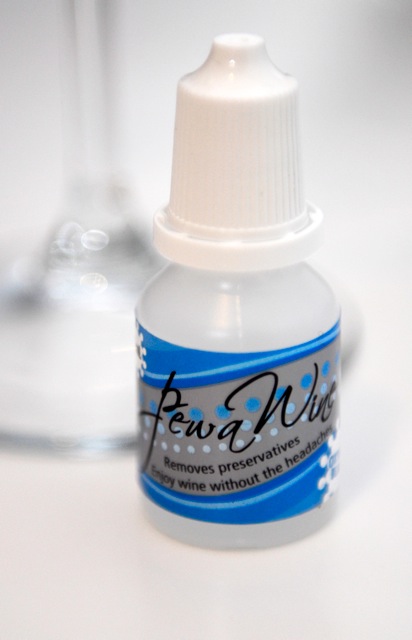|
|
The Use of Preservatives in Wine Preservatives have been used in the production of wine for many decades. They serve three purposes: 1. Control undesirable microbial growth
Grape juice behaves like any other fruit in that when it is exposed to air, it begins to deteriorate due to oxidation. To preserve the fresh fruit flavours of the grape (and also in the wine), preservatives are added immediately after the grape skin is broken. They are continuously used throughout the winemaking process until bottling. The use of preservatives throughout the food industry has been a concern for consumers for many years and many producers have removed them from their products. Some winemakers have been aware of the harmful effects these preservatives have on consumers and have been trying to produce wines without their use for many years. Largely this endeavour has been unsuccessful, particularly with white wine, as it is simply impossible to produce high quality wine without their use.
Most commonly the preservative is added either as a sulphur salt such as Potassium Metabisulphate (which releases sulphur dioxide gas) or sulphur dioxide gas. Sulphur dioxide gas is well known as an undesirable pollutant.
The level of free sulphur dioxide in most wines at bottling is between 25-35ppm, depending on style. After the addition of 4 drops of pewa wine the level is normally reduced to 5ppm or less. This is achieved despite the level of preservative varying for different wines.The wine is kept fresh and vibrant for up to 24 hours after opening due to a slight increase in the preservative level due to a buffering effect. Public authorities have been concerned with daily intake of sulphur dioxide and there are many cases of increased illness of residents in high sulphur dioxide regions such as near refineries.There is also research indicating that preservatives are a significant contributor to the after effects of alcohol (hangover) Refer to the Research page of this website for more information.
|











